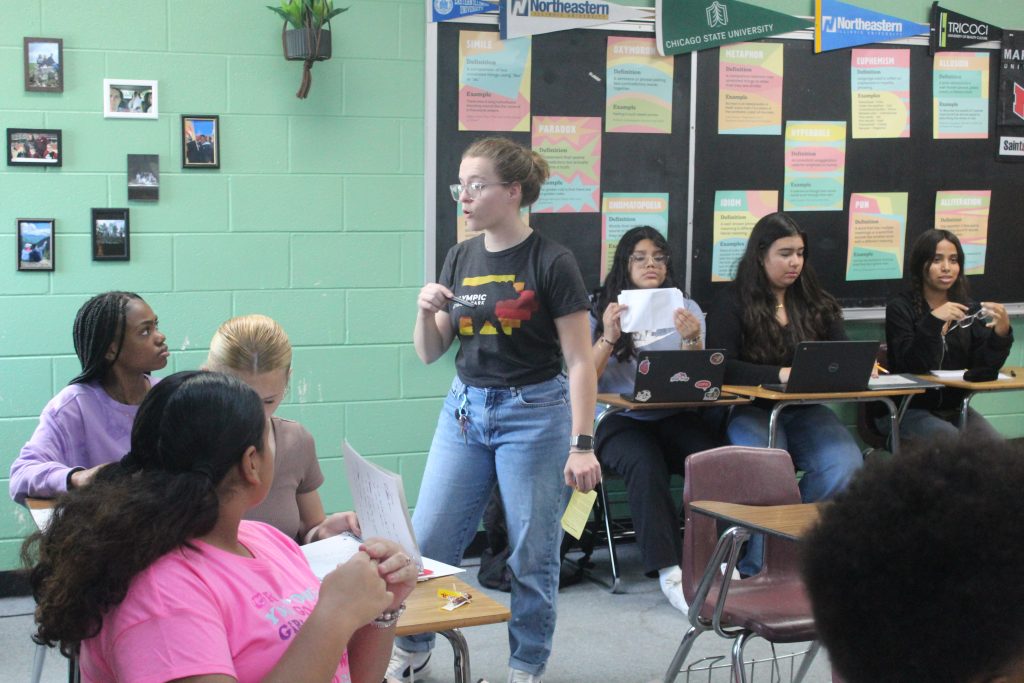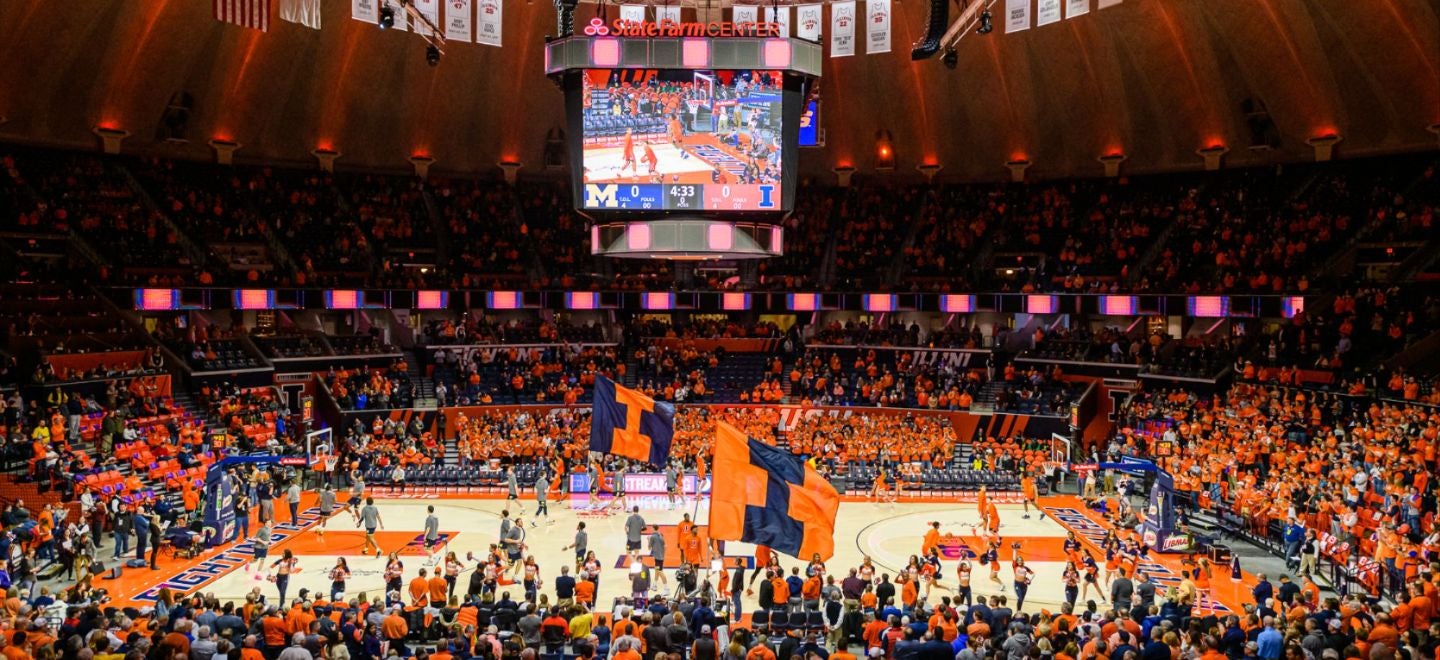Junior Year

The typical underclassman will more often than not daydream about the approaching glorious years as upperclassman in High School. Going from sophomore to junior transitions a student from a teenager to a young adult by acquainting them with responsibilities such as driving, off-campus lunch and lots of decision making.
The Junior will be exposed to to a broad new selection of classes including Anatomy, Physics, AP Prep Physics, APUSH, AP Prep Biology, Pre-Calculus, etc.. Although most of these classes are not mandatory, they are recommended as a good experience to train a student for college.
Senior Ben Ross’ best advice on surviving junior year is, “Get your work done early and often and start looking at colleges now.”
Students will also be expected to begin their hunt for a pleasing College if they have not already done so. This is not necessarily required, but highly recommended by any college-bound student.
Aside from the classes and the college hunt, juniors will also face the pleasure of taking fairly crucial tests. One test offered to juniors; and sometimes even sophomores, as a practice is the PSAT/NMSQT. The PSAT is known for been the path to the National Merit Scholarships. This means that an outstanding score on the test could provide an individual with good scholarship money.
Another highly important test is the ACT. The ACT is a college admission test that evaluates students on Science, Math, English, Reading and Writing. The final grades for each subject are combined, averaged and rounded — and the composite test score is reached. The final score (which can be no better than 36 points) is then used for applying to colleges.
Ultimately, the goal is to obtain exceptional grades on the ACT and maintain quality qualifications on the report cards so that the future can smile at you. The road may be long and bumpy, but certainly not impossible to overcome.










